Cricket World Cup: Ireland's John Mooney bats in customised helmet
- Published
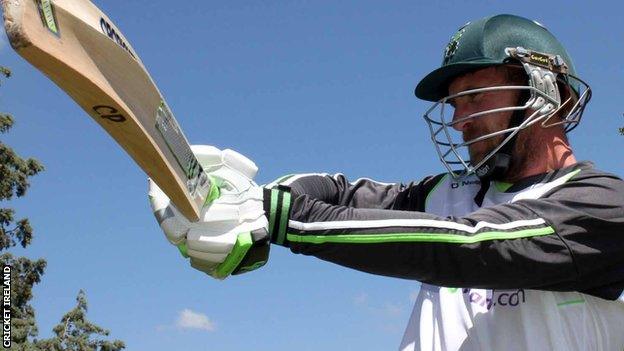
Mooney is thought to be the first international player to adopt a new method of protection since Hughes's death
Pool B: Zimbabwe v Ireland |
|---|
Venue: Hobart Date: Saturday, 7 March (0330 GMT) |
Coverage: Live Test Match Special radio and text commentary on BBC Radio 5 live sports extra & BBC Sport website, plus desktop, tablets, mobiles and app. |
Ireland's John Mooney says the self-designed helmet he is wearing at the World Cup can prevent batsmen from suffering a serious injury.
Australia batsman Phillip Hughes died after being struck on the back of the neck by a short delivery at the Sydney Cricket Ground in November.
Mooney's 'Gorget' extends a helmet's grille to protect that area.
"It definitely adds a lot more protection and it will stop guys getting hurt," Mooney told BBC Sport.
"It's there for the ball that creeps around the side or back of the neck."
How can cricket helmets be made safer?
Mooney, an opening bowler who averages almost 25 with the bat in one-day internationals, had been thinking of how to improve helmets before Hughes's death after seeing his cousin struck by the ball in a league game in Ireland last summer.
"I'm an electrician by trade and I knew there was something to be done," said the 33-year-old.
"I put my mind to it with my father-in-law and, with a few coat hangers and a bit of discussion, we came up with a prototype.
"We then went to a local steel fabricator and he made it for us."
Mooney is thought to be the first international player to adopt a new method of protection since Hughes's death.
And the man who hit Ireland's winning runs against West Indies, and England four years ago, said the practicalities of batting were paramount during the design process.
Phillip Hughes: BBC Sport looks back at Australia batsman's career
"You don't notice that it's on," said the left-handed batsman. "The weight it adds is minimal and there's no impingement on any shot you play.
"We thought about playing cricket in hot temperatures, so felt that a grille - rather than extra plastic - would be better.
"We have it designed so it can fit on to pretty much every helmet that's on the market, with the exception of those that have a fixed grille."
The name 'Gorget' - taken from the part of a suit of armour that protects the neck and throat - has been trademarked, but a patent cannot be granted because of the simplicity of the design.
Only Mooney is allowed to wear it at the moment because he does not have an official safety certificate. When that is granted, he is looking to market his product.
"First and foremost, I hope it protects me, but if it becomes a success then that would be great," he said.
"I'd love for a big company to jump on board if they were interested, but we can do it ourselves too."
Hughes died at the age of 25 in November, two days after being struck by a bouncer while batting for South Australia against New South Wales.
Masuri, the manufacturer of the helmet that Hughes was wearing, revealed their plans for adding extra neck protection in February.

Mooney has been wearing his self-designed helmet at the Cricket World Cup
Ireland meet Zimbabwe in Hobart on Saturday, knowing that victory would push them closer to qualification from a congested Pool B that could eventually be decided on net run-rate.
The Irish won their opening two matches against West Indies and the UAE, but then suffered a 201-run defeat by South Africa last time out.
"The South Africa game was a big learning curve for us," said Mooney. "It's exactly what we needed to sharpen our minds to the improvements we have to make.
"Now Zimbabwe is a huge game. We have played them a bit over the past few years and we've had some positive results, so we're looking to keep that going."
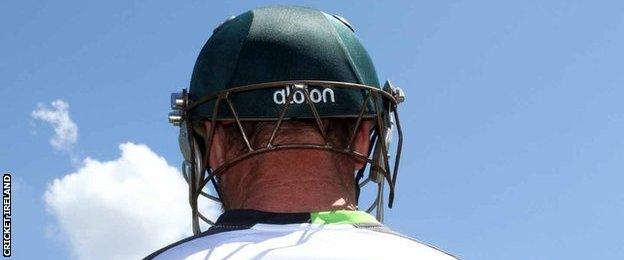
- Published5 March 2015
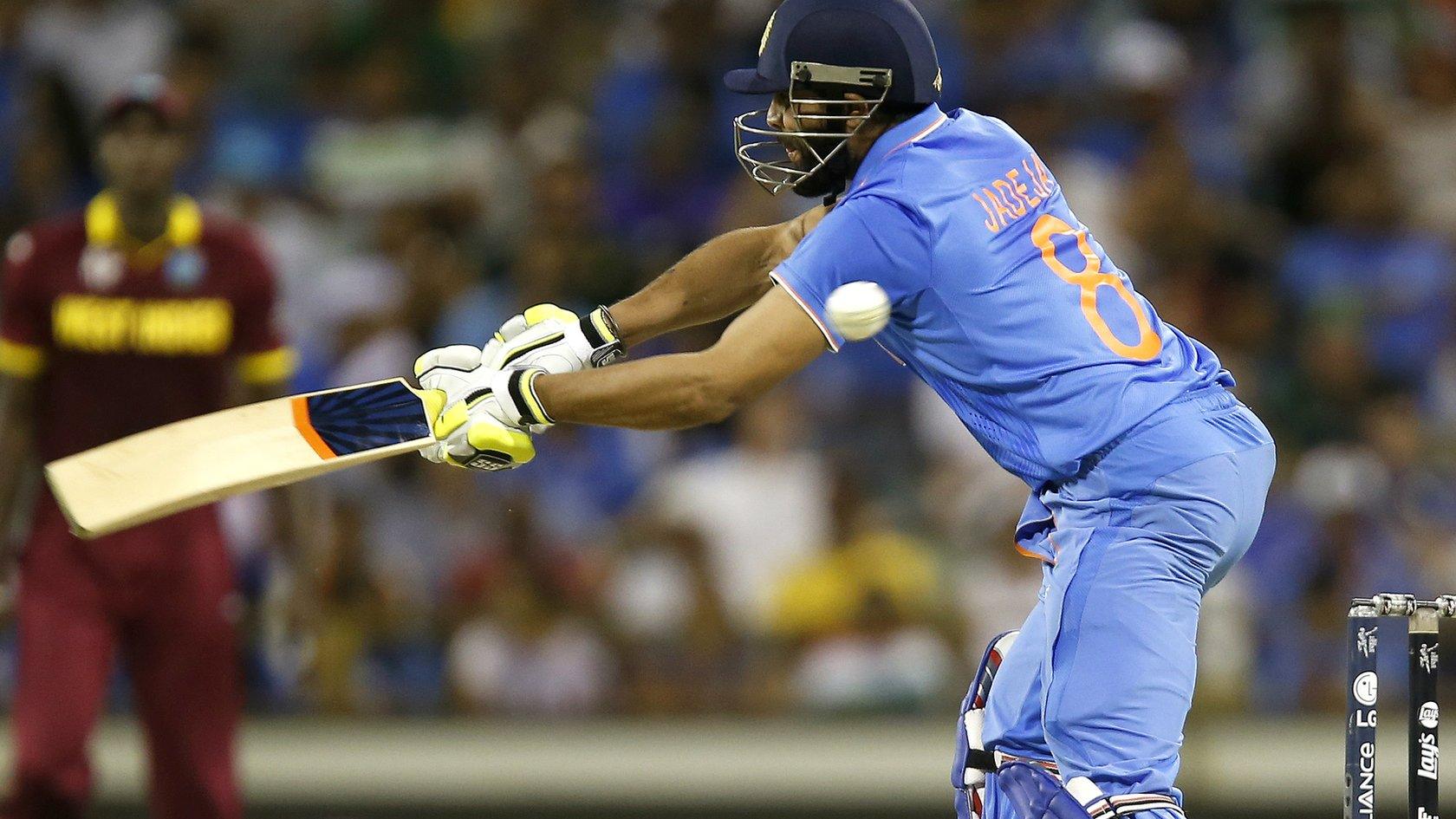
- Published6 March 2015
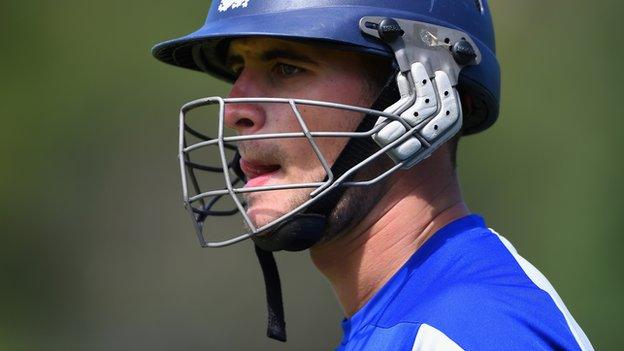
- Published30 July 2013

- Published15 May 2018
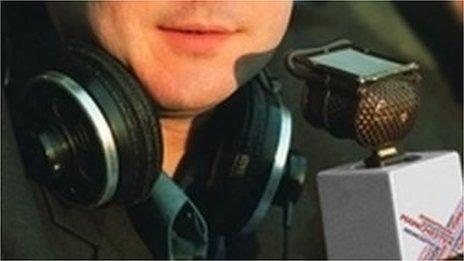
- Published18 October 2019
